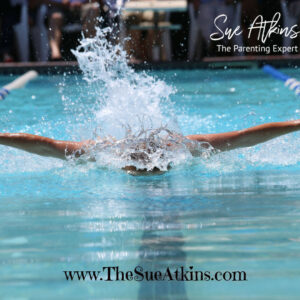


Like it? Share it!
Learning to swim is really important for several reasons, including:
Water Safety: Knowing how to swim can prevent drowning and other water-related accidents. Swimming skills can help children feel more comfortable and confident in the water, allowing them to respond appropriately if they find themselves in a dangerous situation.
Physical Health: Swimming is a great form of exercise that provides a full-body workout. It can improve cardiovascular health, increase muscle strength and tone, and improve flexibility and coordination.
Mental Health: Swimming can also have positive effects on mental health, such as reducing stress and anxiety, improving mood, and promoting relaxation.
Socialisation: Swimming is often a social activity that can provide opportunities to meet new people and develop social skills.
Enjoyment: Swimming can be a fun and enjoyable activity that can be done throughout your child’s life. It can be a great way to relax, cool off on a hot day, or spend time with friends and family.
Learning to swim is an important life skill that can provide numerous physical and mental health benefits for your children as well as increase safety in and around water for their entire life.
Here are some general swimming tips by age:



For professional swimming advice go to Swimming.org
Discussing every possible aspect of parenting, giving you advice and support on topics which affect your daily life. Each free, weekly episode is bursting with practical tips, techniques and ideas.
I will teach you my no-nonsense, simple techniques & give you hundreds of my expert parenting articles, videos & podcasts so you can get back to the business of having fun with your family!



